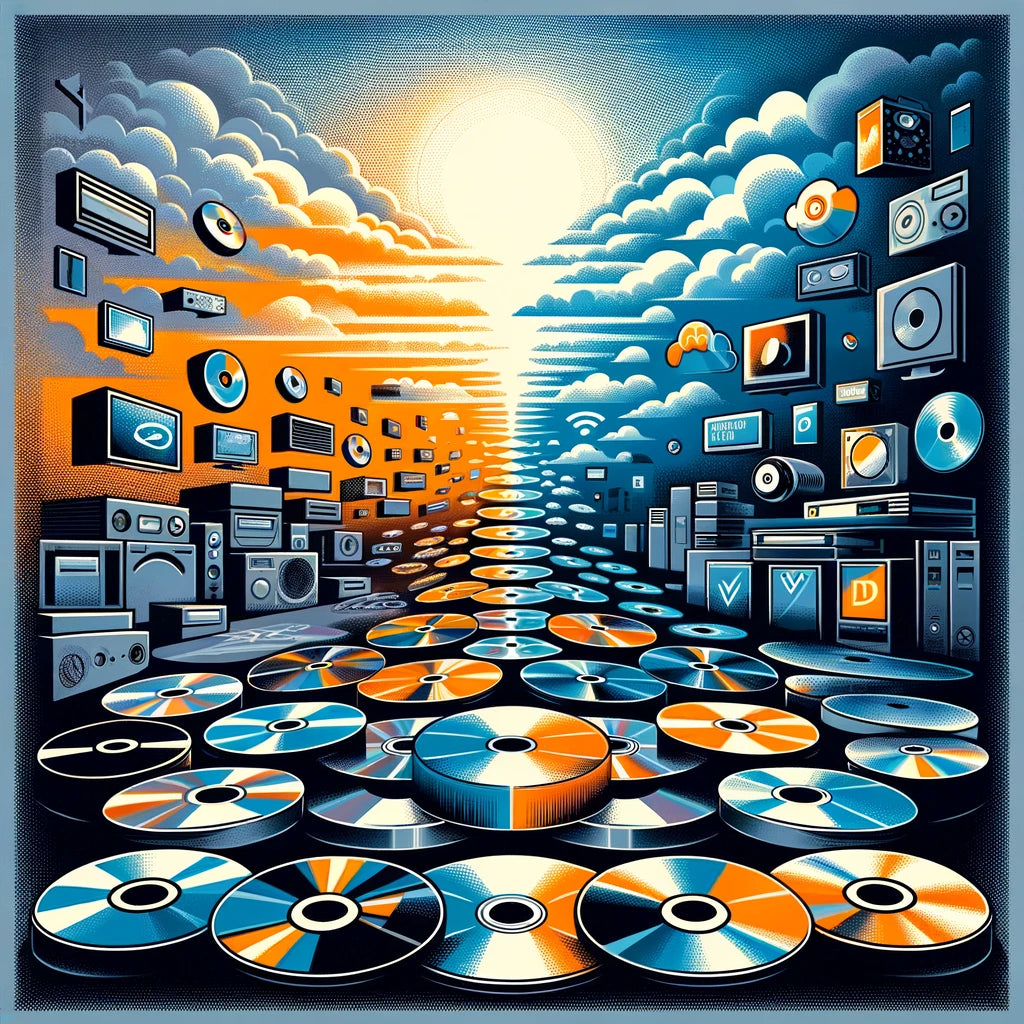| Key Takeaways |
|---|
| DVD and Blu-ray burners have seen a decline in popularity due to the rise of digital streaming, the affordability and convenience of external hard drives, and the evolution of cloud storage options. |
| The physical limitations and cost of discs, combined with the hassle of maintaining physical media, have contributed to this decline. |
| Despite the decline, these devices still hold value for specific applications such as data archiving, independent filmmaking, and in regions with limited internet access. |
The Decline of DVD and Blu-Ray Burners: What Happened?
Not too long ago, DVD and Blu-ray burners were essential tools for both personal and professional data storage and entertainment. We used them to back up important files, create movie collections, and share large files. However, in recent years, there's been a noticeable decline in their popularity. Let's explore what happened.
Rise of Digital Streaming Services
One of the primary reasons for the decline of DVD and Blu-ray burners is the rise of digital streaming services. Platforms like Netflix, Amazon Prime, and Disney+ have revolutionized the way we consume entertainment. They offer vast libraries of movies and TV shows accessible anytime, removing the need to physically burn and store media. Convenience and instant access have made these services incredibly popular, overshadowing traditional physical media.
Advancements in Storage Solutions
Another factor contributing to the decline is the advancements in storage solutions. External hard drives have become more affordable and offer massive amounts of storage space in small, easy-to-use packages. For example, a single external hard drive can hold the equivalent of hundreds of DVDs or Blu-rays, making it a more practical solution for backing up large amounts of data.
Furthermore, cloud storage options have evolved tremendously. Services like Google Drive, iCloud, and Dropbox provide convenient, secure, and easily accessible storage for personal and professional use. The ability to access files from anywhere with an internet connection has made these cloud services especially attractive, further reducing the need for physical burning tools.
Physical Limitations and Cost
DVDs and Blu-rays also come with physical limitations and costs. Each disc has a limited amount of storage, and the cost of multiple discs can add up quickly. Additionally, keeping a large collection of discs organized takes up physical space and requires effort to maintain. With digital options eliminating these issues, it's easy to see why many have moved away from physical media.
Niche Applications
Despite the overall decline, DVD and Blu-ray burners still have their place. They remain valuable tools for specific applications such as data archiving, where long-term stability of digital content is crucial, and for independent filmmakers distributing their work on a physical medium. Furthermore, in regions with limited or unreliable internet access, physical media continues to be a reliable way to distribute and access information and entertainment.
In conclusion, while the landscape of data storage and entertainment has shifted significantly towards digital, the decline of DVD and Blu-ray burners reflects changing technology and consumer preferences. However, these devices continue to serve important roles in certain areas and contexts, highlighting the diverse needs of users around the world.
Shop Logics Technology
